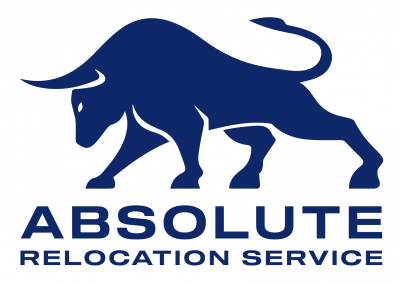Piano moving is a specialized service due to the instrument’s size, weight, and fragility. Pianos are not only heavy but also contain delicate internal mechanisms that can be easily damaged if not handled properly. Here’s what you should know when considering piano movers:
Key Aspects of Piano Moving Services
- Types of Pianos:
- Different types of pianos (upright, grand, baby grand, etc.) require different handling and equipment.
- Equipment and Tools:
- Specialized piano moving equipment such as piano dollies, skid boards, and padding materials are essential.
- A properly equipped vehicle for safe transportation.
- Expertise and Experience:
- Piano movers should have specific experience and training in moving pianos.
- Knowledge of how to dismantle parts of the piano, like legs and pedals, especially for grand pianos, is crucial.
- Transportation:
- Ensuring the piano is securely strapped and protected during transit to prevent damage.
- Climate-controlled transportation can be important, especially for high-value or antique pianos, to protect against temperature and humidity changes.
- Insurance and Liability:
- Verify that the movers have insurance that covers potential damages during the move.
- Understand the terms of the insurance coverage and liability.
- Installation at Destination:
- The service should include careful placement of the piano at the destination.
- Reassembly of any dismantled parts.
Choosing Piano Movers
- Specialization:
- Choose movers that specialize in pianos, not just general moving services.
- Customer Reviews and Reputation:
- Look for reviews or testimonials from previous clients.
- Check for any history of damages or accidents.
- Cost Estimates:
- Get detailed quotes from multiple companies.
- Understand what factors affect the cost (distance, piano type, difficulty of moving, etc.).
- Consultation and Assessment:
- A pre-move assessment can be beneficial, especially for large or complex moves.
- Safety Protocols:
- Discuss the safety measures and protocols the movers will use.
Additional Considerations
- Tuning After the Move:
- Pianos often need tuning after being moved, regardless of the moving distance.
- Some movers may offer tuning services, or you may need to arrange this separately.
- Access and Location:
- Consider the access points in both your current and new location. Inform the movers about stairs, narrow hallways, or any other potential obstacles.
- Timing and Scheduling:
- Schedule the move for a time that minimizes disruption and ensures a smooth process.
Conclusion
Moving a piano requires skill, experience, and the right equipment. It’s important to choose movers who specialize in pianos to ensure the safety and integrity of the instrument. Proper planning and communication with the moving company are key to a successful piano move.




